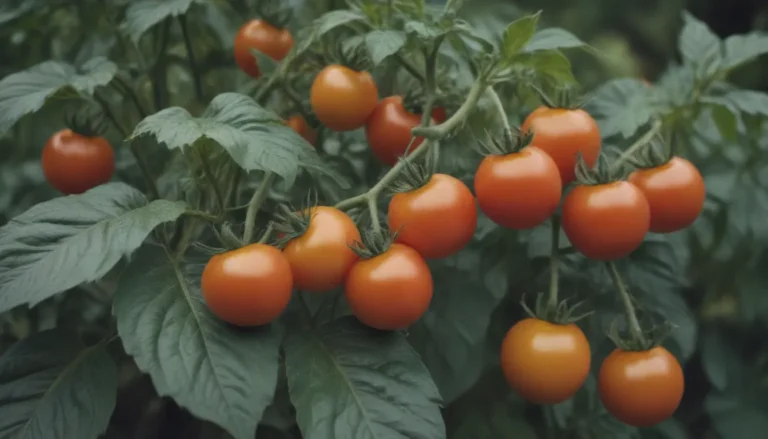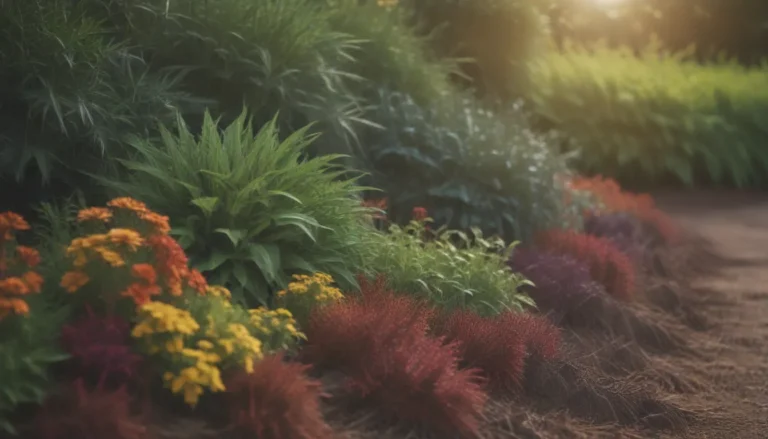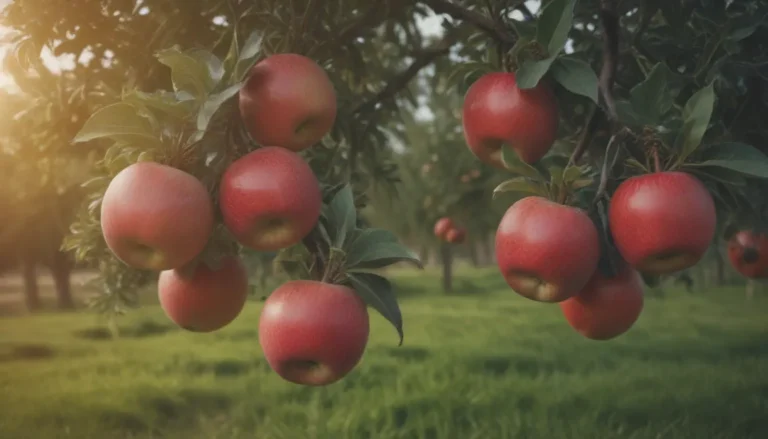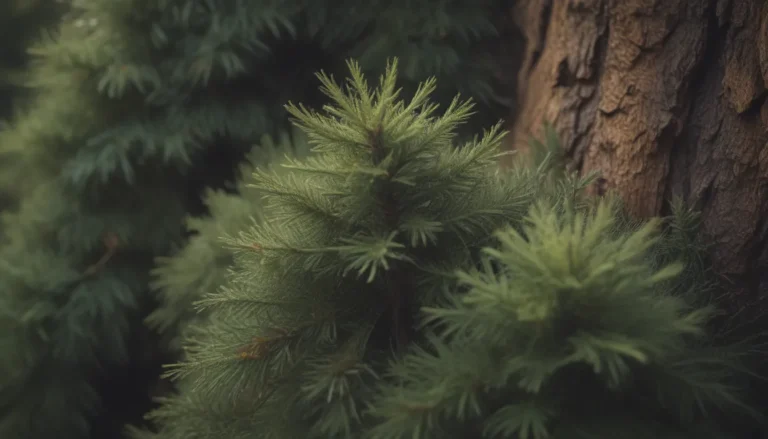Why Are My Snake Plant Leaves Curling? A Comprehensive Guide to Diagnosing and Treating Common Issues
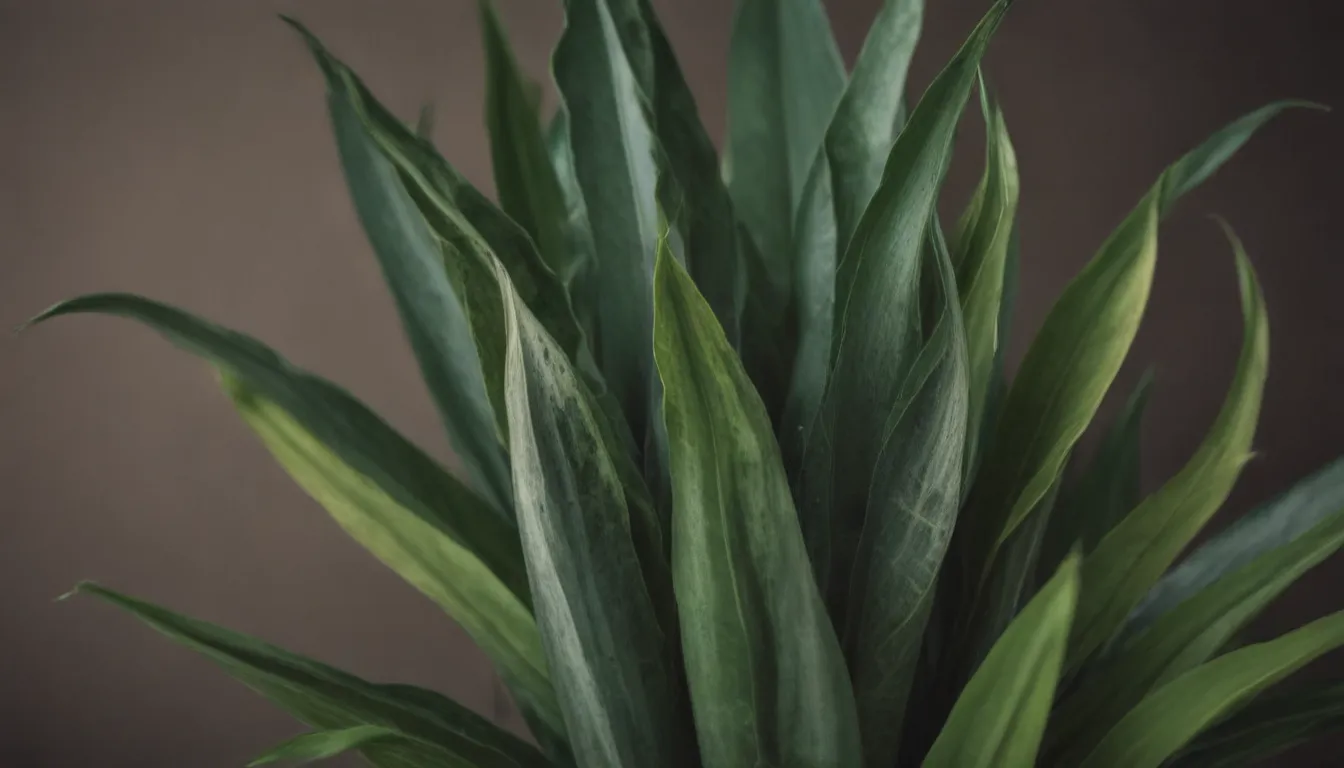
If you’re a fan of indoor plants, chances are you’ve come across the snake plant, also known as dracaena trifasciata. With its striking sword-shaped leaves and reputation for being low-maintenance, the snake plant is a favorite among plant enthusiasts. However, like any living thing, snake plants can experience issues that may manifest in the form of curled leaves. If you’ve noticed this concerning symptom, fear not – we’re here to help you diagnose the problem and find solutions to get your snake plant back to its healthiest state.
Common Reasons for Snake Plant Leaves Curling
Here are some of the most common reasons why your snake plant’s leaves may be curling:
1. Underwatering:
Dehydration is a common issue that can cause snake plant leaves to curl. If you notice that your plant’s foliage is wrinkled and has brown edges, it’s likely thirsty. To confirm whether underwatering is the culprit, check the soil moisture by inserting your finger one to two inches into the topsoil. If it feels dry, it’s time to give your plant a good drink. Remember that even though snake plants are drought-tolerant, they still need regular watering, especially during hot summer months.
2. Overwatering:
Ironically, overwatering can also lead to curled leaves in snake plants. If your plant receives too much water, its leaves may appear droopy, feel soft, and start to turn yellow. To determine if overwatering is the issue, check the soil for dampness using your finger. If it feels wet, hold off on watering until the soil has dried out to prevent root rot, which can be fatal to your plant.
3. Pest Infestation:
Pesky insects like aphids, thrips, mealybugs, and spider mites can wreak havoc on your snake plant, causing its leaves to curl. If you suspect a pest infestation, inspect your plant carefully to identify the culprits. Combat these intruders by washing affected leaves with a strong stream of water and using neem oil as a natural pesticide.
4. Compacted Soil:
Healthy soil is essential for providing nutrients to plants. However, if the soil in your snake plant’s pot becomes compacted, it can hinder water absorption and lead to curled leaves. Repot your plant using a well-draining cactus or succulent mix to ensure adequate aeration and moisture for your snake plant.
5. Extreme Temperatures:
Snake plants thrive in temperatures ranging from 65 to 85 degrees Fahrenheit. Exposing them to temperatures below 60 degrees can cause their leaves to curl and droop due to cold damage. On the other hand, temperatures exceeding 85 degrees can dehydrate the plant and result in curled leaves. Keep your snake plant in a stable environment with consistent temperatures within its preferred range.
6. Overfertilization:
Too much fertilizer can cause leaf curling in snake plants due to nutrient build-up in the soil. If you suspect overfertilization, remove any visible fertilizer from the soil and flush it with distilled water to prevent root damage. Allow the excess water to drain completely to avoid root rot.
7. Rootbound Issues:
When a snake plant outgrows its container, its root system can become congested, leading to curled leaves. Check for signs of a rootbound plant by inspecting the drainage holes for protruding roots or examining the root ball when repotting. If your plant is rootbound, transfer it to a larger pot to give its roots room to grow.
How to Care for Your Snake Plant to Prevent Leaf Curling
Aside from addressing specific issues that may cause leaf curling in snake plants, here are some general care tips to keep your plant healthy and thriving:
-
Light: Snake plants prefer indirect sunlight but can tolerate low light conditions. Place them in a bright room away from direct sunlight to avoid leaf burn.
-
Watering: Water your snake plant only when the topsoil feels dry to the touch, approximately every two weeks to a month. Avoid overwatering to prevent root rot.
-
Humidity: Snake plants are adaptable to varying humidity levels, making them ideal for different indoor environments. However, they prefer moderate humidity levels for optimal growth.
-
Fertilization: Use a balanced fertilizer diluted to half strength during the growing season (spring and summer) to provide essential nutrients without overwhelming the plant.
-
Propagation: Easily propagate snake plants by dividing offsets (pups) from the main plant or rooting leaf cuttings in water or soil to expand your plant collection.
Conclusion
In conclusion, while curled leaves on your snake plant may be alarming, they are often a sign of underlying issues that can be addressed with proper care and attention. By understanding the common causes of leaf curling and implementing the suggested solutions, you can help your snake plant regain its health and beauty. Remember to observe your plant regularly, adjust its care regimen as needed, and enjoy watching it thrive in your indoor space. With the right care, your snake plant will continue to be a resilient and striking addition to your plant collection.
